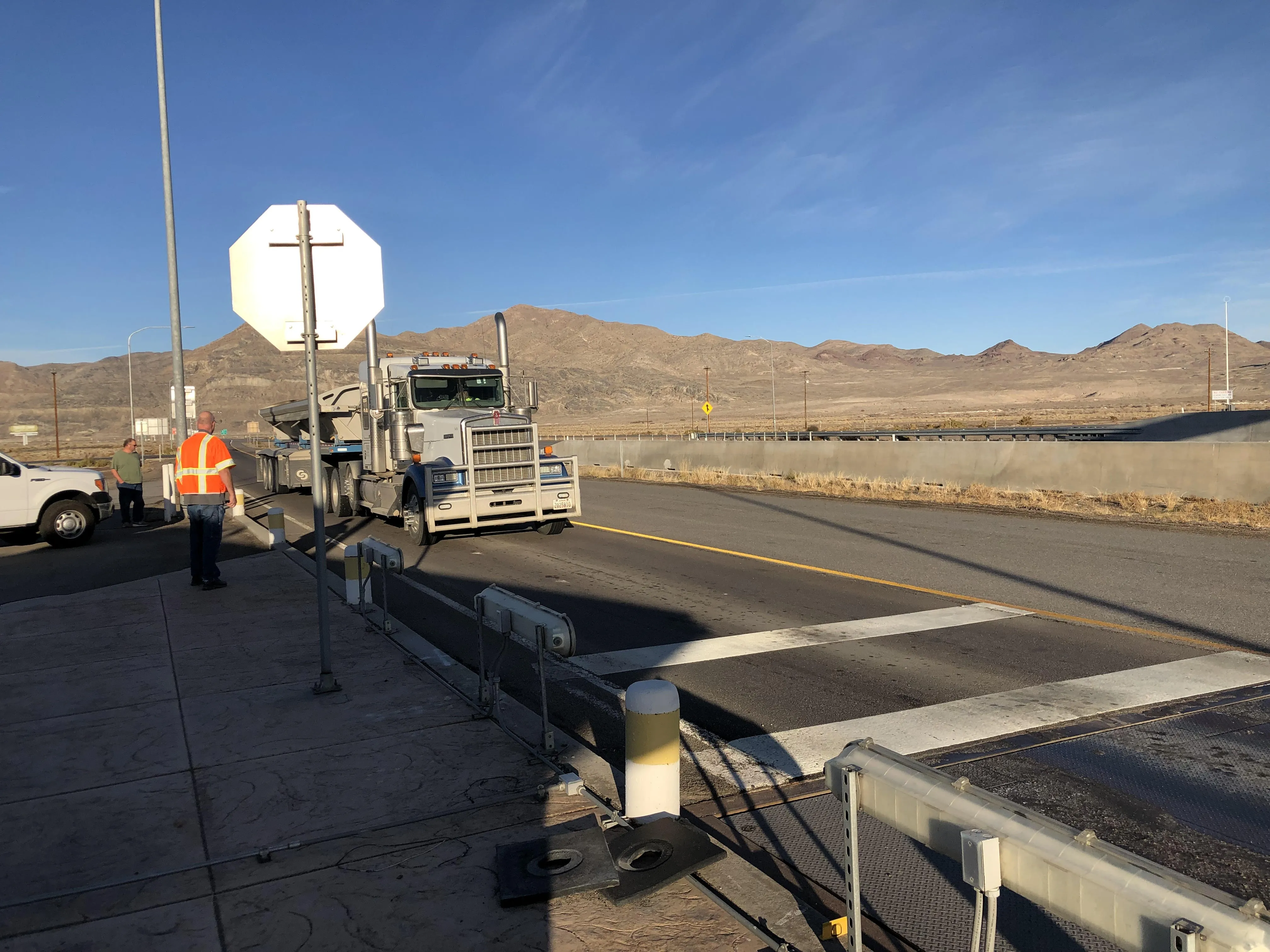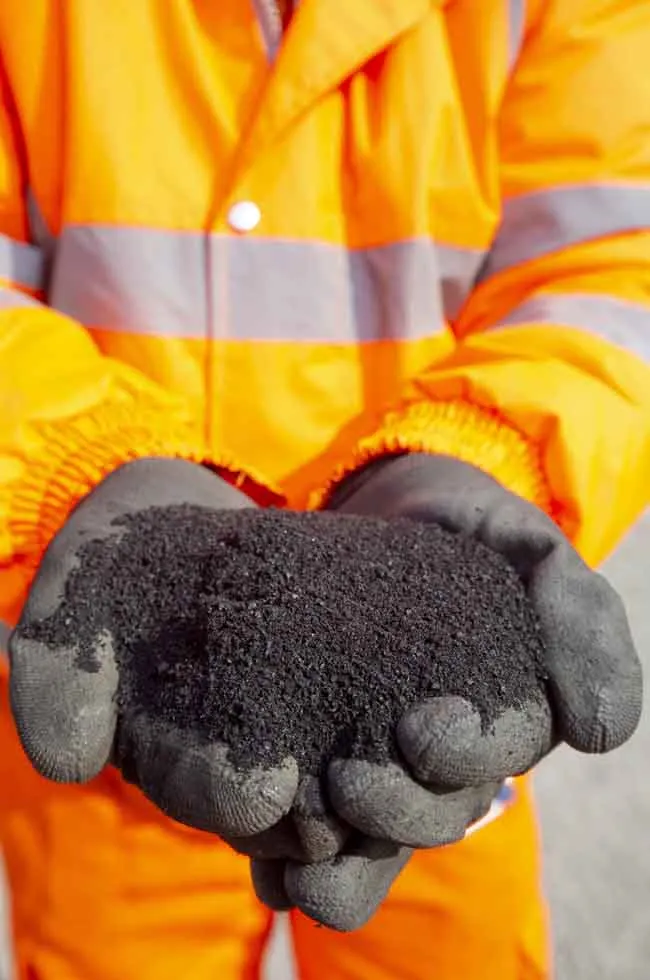
Last June, the Utah Department of Transportation (UDoT) laid a 15cm single-lift pavement on a heavily trafficked part of the Interstate 80 highway, by deploying highly modified asphalt in a low-void mix. If its durability is as good as it looks so far, this thick-lift system could reduce maintenance costs and disruption at some of the state’s most challenging locations.
Contractor Staker Parson laid the asphalt at the point of entry to the Interstate 80 highway, which sees a daily average of 7,600 vehicles. Over half the vehicles are trucks which are slowing down for a weigh point and then accelerating away at the other side. With summer temperatures reaching 40°C, a standard specification asphalt would be showing rutting by now. But the thick lift is looking good.
There are multiple benefits to the thick-lift system, says UDoT asphalt materials engineer Howard Anderson who has been studying polymer modification since his university days. “If you can pave what is normally two lifts in one lift, you can do it pretty much twice as fast,” says Anderson.
Faster paving means more production for contractors, less disruption for road users and lower traffic management costs. There are cost savings due to the elimination of the tack coat between layers and quality benefits from eliminating the joint between lifts. Anderson expects that quality control and assurance costs can also be lowered.
Obviously, the cost of the additional polymer must be factored in. For the trial near the city of Wendover, the cost of the asphalt was around US$135/tonne, which is more than the cost of SMA (stone matrix asphalt) or HMA (hot mix asphalt), which be up to $108. Anderson does not see $135 as excessive for just 298tonnes and predicts that for larger volumes the cost could come down. He sees thick lift as a win-win situation, with the price eventually coming in similar to SMA, contractors getting uplifts on their margins and states spending far less on maintenance and rehabilitation.
This project was the culmination of several years of trials and research into highly modified asphalt, a mix containing binder with a high proportion of polymer. UDoT drew on experiences from other states and institutions: South Carolina has paved 127mm deep thick-lifts and sponsored research at the National Center for Asphalt Technology which looked at thick-lift pavements. Anderson was also interested in Kraton’s dense grade HiMA highly modified asphalt, containing 7.5% of its SBS polymer was trialled in a 165mm-deep lift in Brazil in 2011.
UDoT first laid the highly modified binders in standard mixes and lifts on two roads in Utah around four years ago. This proved the binder could be used. But it also showed that it was difficult to pump the material through 10cm lines due to its stickiness, notes Anderson. Tests on asphalt mixes with high percentages of binder showed that they were extremely rut resistant.
For this project, UDoT specified a higher density than for standard mixes: 96% for the top 76mm and 94% for the bottom three. The contractor achieved this nearly everywhere, apart from at a spot where a truck break-down delayed supply.
The mix is a 12.5mm nominal maximum (NMAS) Superpave mixture using a PG 76-34 binder. Staker Parson added 0.5% Evotherm 3G, a warm-mix additive, to aid compaction. Brody Young, regional quality manager for Peak Asphalt which supplied the modified bitumen, says it contained a combination of SBS polymers, over 7%, but that the technology was a “trade secret”.
Before Staker Parson laid the test section in Wendover, it laid a 90tonne pre-trial test section at its facility near Salt Lake City, also in Utah state. This allowed the contractor to check that it was achieving the required densities, comparing nuclear gauge tests results to results from cores taken later. It also showed just how much heat the thick-lift retained, causing some parties to call for the main trial to be called off, explains Anderson. However, the trial did go ahead, although the re-opening of the road was delayed to allow for cooling.
With this first thick-lift section in Utah behaving well, UDoT has ambitions to do more. Anderson has identified two concrete ramps – on Interstate 15 and 215 – which he plans to replace with a thick lift of 190mm with 38mm of SMA on top. He hopes that not only will this be far faster to install than a replacement concrete ramp, but it will last far longer with only the SMA requiring rehabilitation. The low void, highly modified asphalt could also be useful for thin lifts, says Anderson, because they will vastly improve the density, reducing the need for so many cores to check for low-density spots.
There has already been much interest in Utah’s thick-lift success from other US states. Anderson has spoken to peers in Colorado, Arizona, Texas and Idaho and no doubt there will be others, too.









